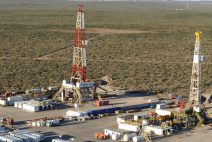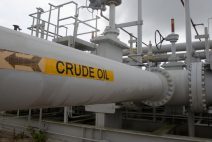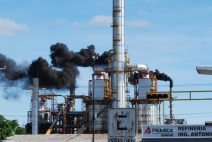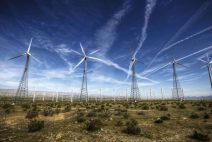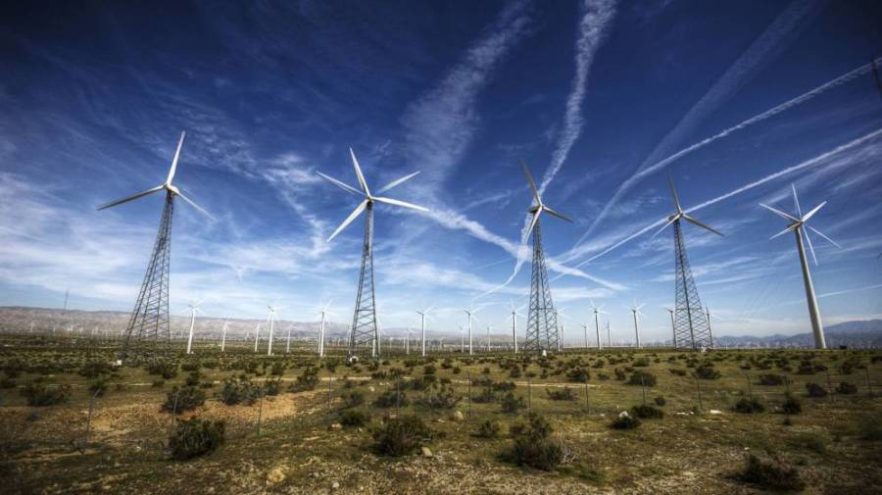

The two trillion dollars of investment in clean energy this year will almost double the amount allocated to fossil fuels, which are also growing but at a slower rate, according to the International Energy Agency (IEA).
In its annual investment report, the IEA warns that this trend is not enough to limit global warming to 1.5 degrees Celsius and that an additional half-trillion dollars per year is needed in clean energy, with the shortfall being particularly significant in developing countries, except for China.
Clean energy is a broad concept that includes renewable energy, but also electric vehicles, nuclear energy, power grids, storage infrastructure, low-emission fuels (such as synthetic fuels), efficiency improvements, and heat pumps.
The study's authors highlight that in electricity generation, if at the time of the Paris Agreement in 2015, investment in renewables and nuclear energy was twice that of fossil fuels, this year it will be ten times more, mainly driven by photovoltaic solar energy.
In fact, thanks to a 30% drop in solar panel costs over the past two years, this technology will attract more investment this year than all other renewables combined, totaling half a trillion dollars. The total investment in electricity, including grids and storage batteries, will be around 1.4 trillion dollars.
Grids, which have proven to be a bottleneck in the deployment of renewables due to the slow pace of new infrastructure construction—stagnant since 2015 with an average of 300 million annually—are showing signs of taking off with 400 million in 2024.
Fossil fuels, although growing less, still grow. As for fossil fuels, it's not that the investment they receive is declining, but it is simply growing at a slower pace.
For oil and gas, the increase this year will be 7% (similar to 2023) to reach 570 billion dollars. This growth is mainly driven by state-owned companies in producing countries.
The IEA clarifies with figures the debate over the efforts that hydrocarbon sector companies are making to transform their economic model and shift towards clean energy: in reality, they only allocated 4% of capital expenditures in 2023, amounting to 30 billion dollars.
Coal, which generates the most greenhouse gas emissions, is also attracting more money, as shown by the approval of projects for 50 gigawatts of power last year, the highest figure since 2015.



